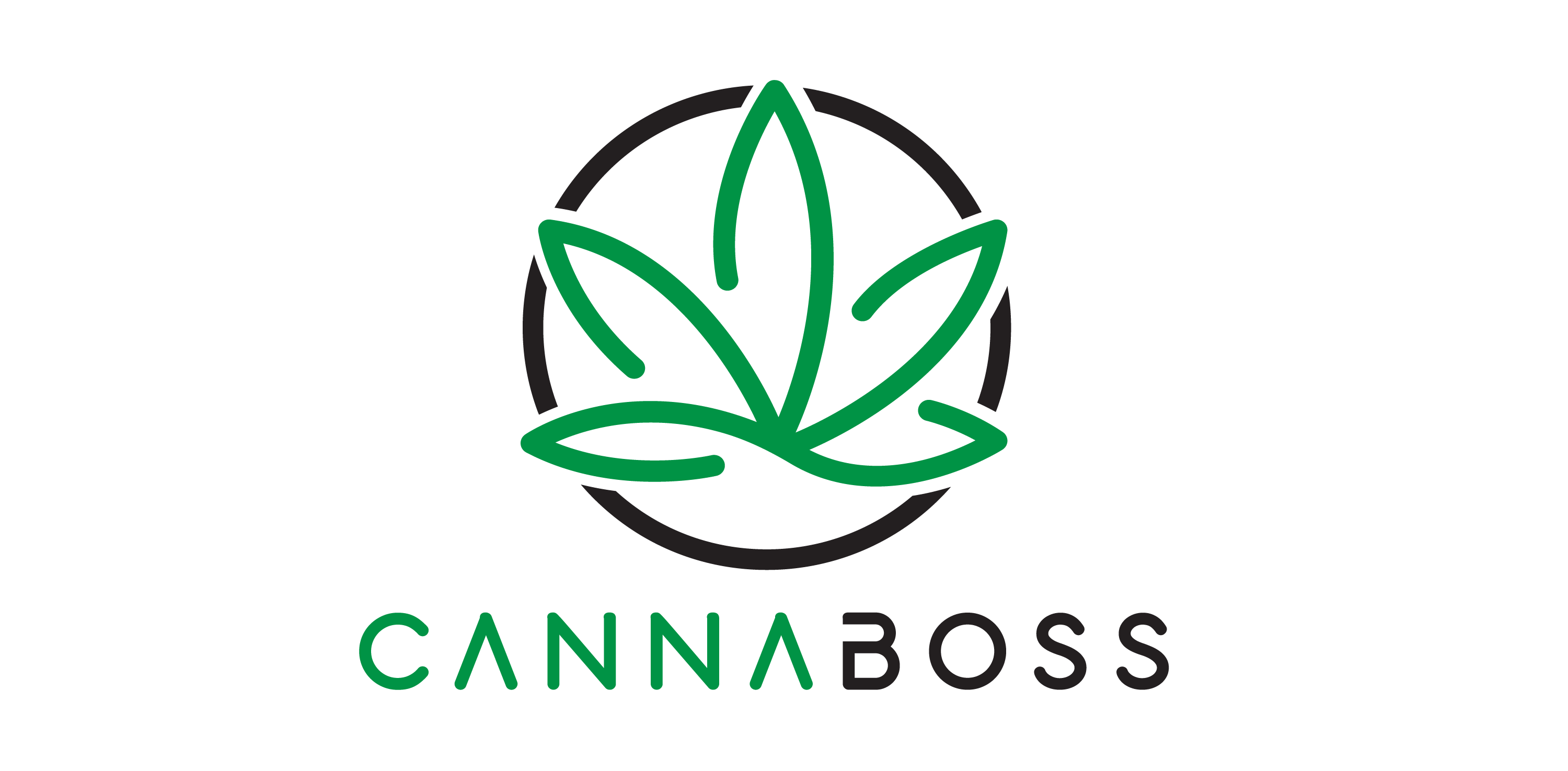History of cannabis
Cannabis has been used as a medicine in various cultures for
thousands of years. The Papyrus Ebers, written in the 16th century
BC, mentions a plant identified as cannabis as a component of a
remedy "for the toenail." The recipe – using ochre – suggests its use as
a poultice.
The classical Chinese book of Shennong of medicinal plants from the
2nd or 3rd century AD, attributed to the mythical emperor Shennong
(c. 2800 BC), mentions the resin of the cannabis flower as a remedy
for constipation, gout, malaria rheumatism, women's diseases, and
absent-mindedness.
The cannabis plant was also known in ancient medicine; for example,
an illustration can be found in the "Viennese Dioscorides" compiled in
512 AD, an edition of the main work Περὶ ὕλης ἰατρικῆς (Lat. “De
materia medica””On Remedies’) by the Greek physician Dioscorides,
who lived in the 1st century AD. The Greek physician Galenos of
Pergamon attributed a warming and drying effect to the hemp plant
within the framework of ancient humoral pathology.
Ancient medicine was adopted and further developed by Islamic
physicians. Arab physicians such as At Tabari and Al Antaki described
the properties of the plant in the 9th century based on the ancient
authors. In Islamic medicine, mainly the pressed seeds were used,
less often the leaves. In the 10th century, Ishak ben Sulaymān
described the use of hemp seed oil to treat ear diseases; Ibn Al Baitar
(c. 1190-1248) used hemp seeds as a medicine against worm
infestation. Yuhanna Ibn Masawaih (c. 777-857) and Avicenna (c. 980-
1037) applied the juice of the leaves to skin diseases. Ibn-al Baitār
and Al Qazwini (1203-1283) also knew of the analgesic properties and
used cannabis to treat nerve and eye pain. Details of dosage were not
given in Arabic textbooks; the oil or juice of the leaves was instilled
into the painful orifices.
Cannabis found its way into monastic medicine from the 11th century
and was used for various ailments and as a substitute for opium.
Abbess non Bingen (1098-1179) recommended hemp as a remedy for
nausea and stomach pain. Cannabis found its way into modern
medicine through the report published in 1839 by the Irish physician
O’Shaughnessy (1809-1889), who, in the course of his medical work
while stationed in Calcutta, India, noted an analgesic, antispasmodic
and muscle-relaxing effect after using Cannabis Indica (Indian hemp).
Based on his observations and studies, O’Shaughnessy
recommended the use of cannabis for cholera, rheumatism, and
tetanus.
A popular 19th-century finished cannabis medicine in the United
States was the soporific bromidia, an elixir of cannabis and henbane
extracts combined with potassium bromide (“bromine potassium”) and
chloral hydrate. Ethanolic extracts of cannabis herb (Extractum
Cannabis, Tinctura Cannabis) were particularly widespread. Since the
beginning of the 20th century, medicines containing cannabis were
gradually replaced by synthetic medicines, the benefits of which could
be demonstrated in modern clinical studies, because of their
fluctuating effects, difficult dosage, risk of paradoxical effects.
In 1925, cannabis was banned worldwide as a medicine by the 2nd
International Opium Conference of the League of Nations in Geneva.
The ban was justified by the fact that the medical benefits of cannabis
could not be proven at that time, while at the same time severe side
effects and psychological dependence existed. In 1961, the Single
Convention on Narcotic Drugs was concluded, which still forms the
basis of international drug control today. Since the grouping of
cannabis in Table IV (highest health risk, equivalent to heroin) would
result in a conflict that could not otherwise be resolved by extended
medical indications as well as the relative non-toxicity of cannabis, the
responsible expert group of the WHO, the ECDD, issued the
recommendation to the UN at the beginning of 2019 to delete
cannabis and derivatives from this group and to list them in Table I at
best. Only in the former GDR, until 1990, the Leipziger
Arzneimittelwerke produced the herbal ready-to-use drug Plantival,
which contained Cannabis sativa as an ingredient.
In 1944, the La Guardia Report, a group of experts appointed by then
New York Mayor Fiorello LaGuardia, appeared in the United States
and found many negative sociological, psychological, and medical
effects attributed to cannabis use not confirmed. As a result, the head
of the then Federal Bureau of Narcotics (FBN), Harry J. Anslinger,
threatened to severely punish further research on cannabis.
Modern cannabis research began with the isolation of the main
psychotropic active ingredient Δ9-THC in 1964 by Raphael
Mechoulam. Another milestone in cannabis research was the
discovery of the endocannabinoid system with its receptors and
endogenous ligands beginning in the late 1980s, which forms the
basis for today's understanding of how cannabinoids work. The United
States Department of Health Care and Social Services registered
patent US6630507 B1 “Cannabinoids as antioxidants and
neuroprotectants” on April 21, 1999 as the original authorized agent.
In Germany, the “Internationale Arbeitsgemeinschaft Cannabis als
Medizin”, in short IACM (former name: “AMC”), has been advocating
the medical use of cannabis since 1997.
Source: wikiwand.com



